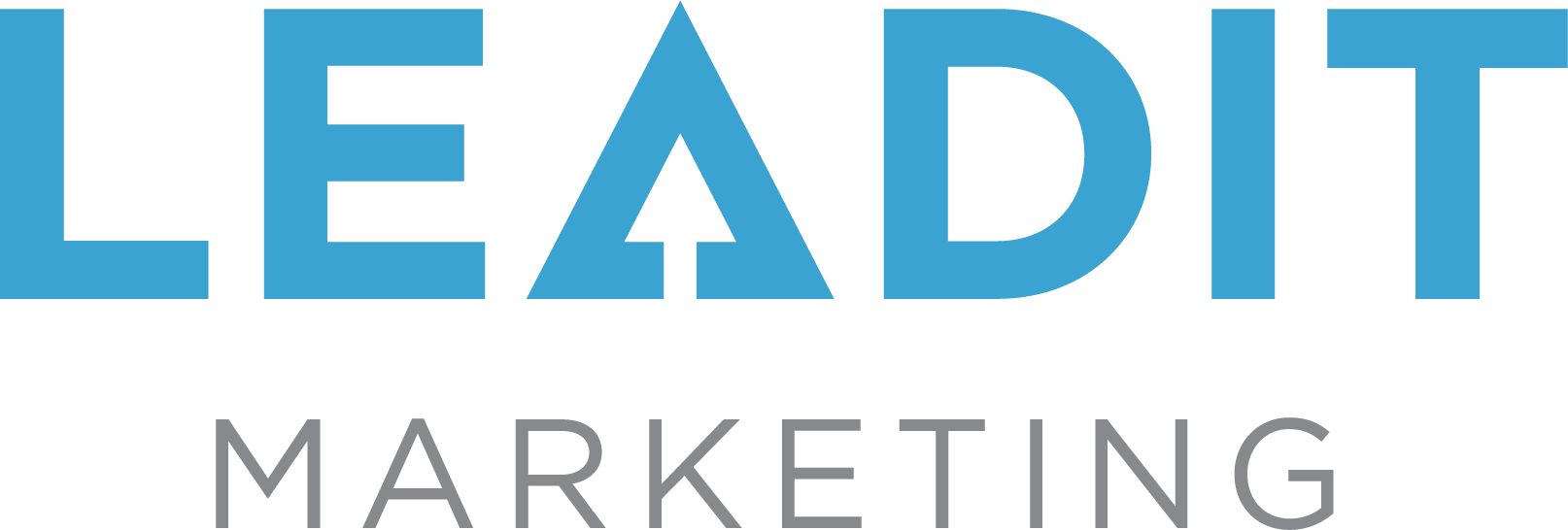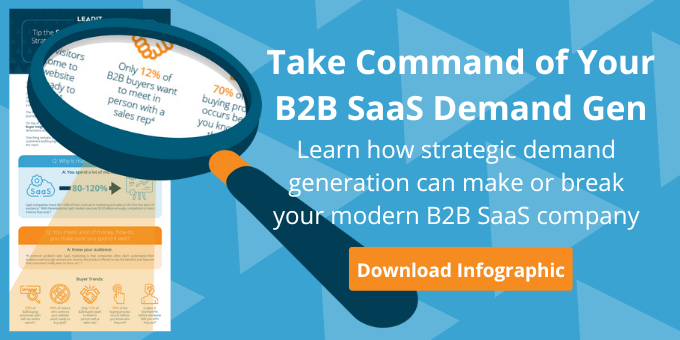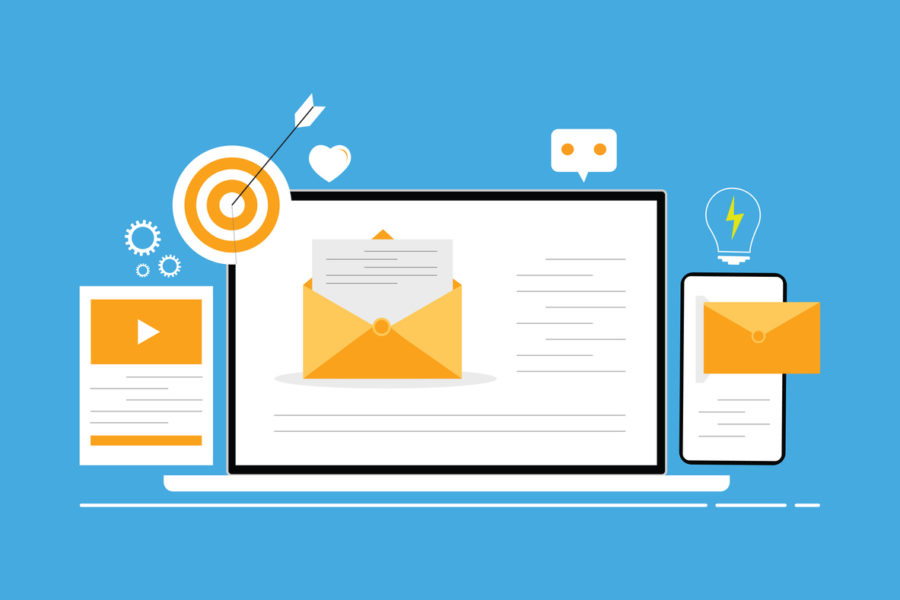Email Marketing: It’s Not Dead, It’s Evolving
Email marketing remains a workhorse for B2B companies seeking to maintain and expand their reach, especially under the constraints of tight budgets and limited staff.
Why Email Marketing?
Nearly 4 billion people around the world currently use email, according to Statista, and that number is expected to increase 10% within a year. It’s a reliable and time-tested method for reaching your customers directly. The potential ROI using email marketing is immense, with each dollar invested resulting in an average return of more than $40, according to DMA.
What’s changed recently is how and where your audience interacts with your email. Instead of desktop computers, most emails are now read on mobile devices.
Mobile traffic is 16% higher than desktop traffic (53% to 37%) while the percent of revenue by device is nearly opposite, according to Wolfgang Digital’s KPI Report 2019.
Mobile viewing of your emails gives less visual real estate to catch someone’s eye. It becomes vital to think strategically about everything from subject lines to the layout of your message.
In order to make the most of your email marketing efforts, it’s important to understand that email marketing has evolved. Only by adopting the best practices for optimizing your email strategy will you be able to meet your customers’ expectations for quality and effective content that translates into revenue.
-
Start with Segmentation
Email marketing works best when it’s targeted to reach the person who’s actively seeking to solve a problem, explore solutions or make a purchase.
Often, email campaigns are segmented by high-level identifiers like geography or gender. But consider how much more effective your email marketing could be if you drilled down even further and figured out who your customers are and where their interests lay. The more targeted your approach, the more specific your messaging can be.
Create a segmentation strategy by building on the foundation of your message. Identify which people on your email list you want to reach, and craft a message that speaks to their needs.
-
Know Your Audience
Now that you’re ready to segment your list, it’s time to look at what you know about your customers and consider whether you need to learn more about them. When you collect data about your subscribers, you can better understand who they are and speak to their goals, wherever they are on the buyers’ journey. Not all members of your list will have the same needs, even if they may be demographically or geographically similar.
Improve your knowledge and insight about your customers by making it easy for them to provide you with those details. You can use fun activities like quizzes, reward-based activities like surveys and website metrics that show the online behavior of your website visitors.
-
Cultivate Authentic Connections
Like “be of service,” the tried and true ethos of scouting, your best shot at engaging your email subscribers comes from providing them with the easy-to-read, personalized and relevant content you promised them when they signed up.
Use strategies like A/B testing to polish everything from your email marketing subject lines to the text and frequency of the messages you send as part of your email campaign. If your relationship with some contacts has faded, encourage re-engagement through creative and valuable solutions like incentives, subscriber benefits, and reminders of the perks that come with subscribing to your messages.
-
Make a Good First Impression with Smart Design
From the subject line to the pre-header, message length, image layout and humanization of your email, you want to create a relationship and not just a sales pitch.
Use your design elements in service to your message, which is paramount; just because you like the way something looks, if it doesn’t advance communicating your message, it needs to go.
One of the most exciting ways to use smart email marketing design is to implement dynamic content. Based on your list segmentation, subscribers will receive messages specific to their needs, even in the same campaign, so that your subscribers get a truly one-on-one experience that feels made for them.
For example, while all subscribers get content about your “asset management software program”, the images may vary depending on whether your subscriber works for a higher ed institution or a manufacturing company. The effect is strengthening the relationship with your subscriber, who may feel your company has what they need to solve a problem. In this example, instead of showing that you have asset management software for everyone, your customers will see that you have asset management software solutions for them.
-
Be in the Right Place at the Right Time
With Coronavirus being the center of focus as we release this blog, there is no better example of the importance of timing your messages right. Use what you know about your buyers’ journey to deliver timely and appropriate messages. Based on your subscribers’ needs and your goals, come up with a personalized marketing approach that’s clear and straightforward, delivered at just the right time.
This will look a little different for every company, depending on the products and services they sell and their clients’ needs. This is definitely an art applied on top of a science so you will test and validate every until you can find your sweet spot.
Email marketing is one of the most effective ways to promote your company’s products and services directly to your clients. Understanding the ways in which email marketing is evolving in response to the way people access their email is critical.
Know your audience, craft your messages around their needs, deliver the messaging in an “out-of-the-box” way, at just the right time. Simple right?? We know it’s not. And this is what we specialize in. Contact Leadit Marketing today to learn more about our email marketing services that can improve your response rate and lead to greater sales.









